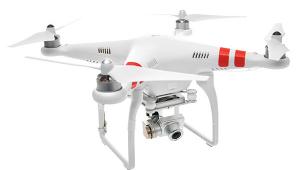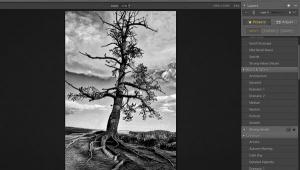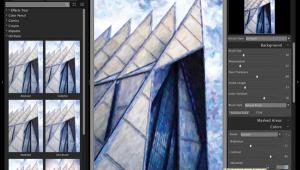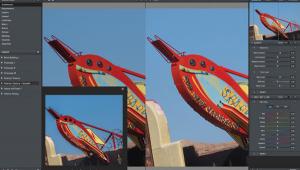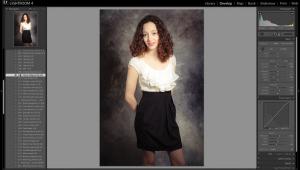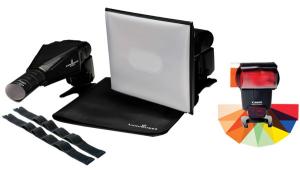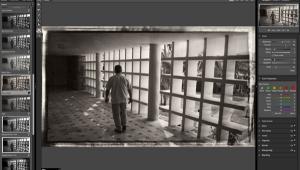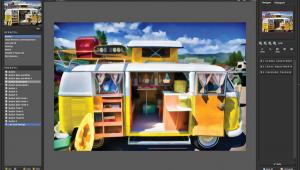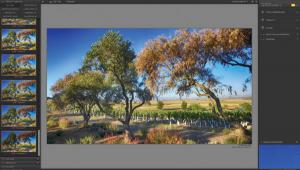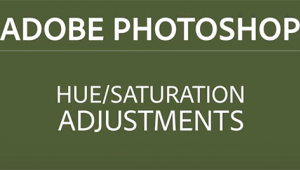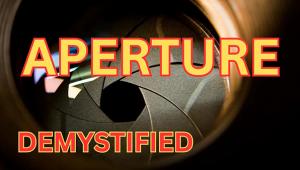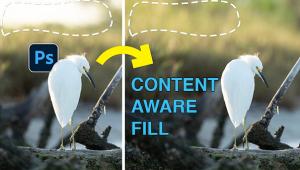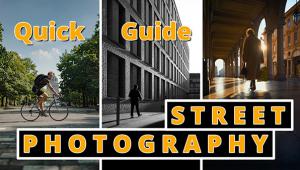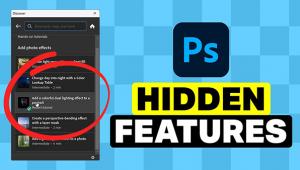Mac OS Meets Windows; Peaceful Coexistence Within Platforms Page 2
Two Heads Are Better Than One
Every photographer needs to print labels and making them on an inkjet printer
isn't always the most cost- or time-effective way. I've been using
the trouble-free DYMO LabelWriter Turbo to print labels, but sometimes I need
to print smaller, stickier labels and don't want to give up the ability
to print large mailing labels. Enter DYMO's (www.dymo.com)
LabelWriter Duo that has two heads: one for the fast printing of die-cut paper
mailing labels and the other for printing permanent and colorful plastic, nylon,
and polyester labels in 1/4", 1/2", 3/8", 3/4", and
1" widths. It has all the features I loved in the Turbo, including Mac
OS and Windows software that lets you maintain a mailing list of frequently
printed addresses. LabelWriter Duo also prints from other programs through standard
print drivers and includes Address Fixer, a utility that automatically checks
any address in Word, Outlook, or the DYMO Label Software against the US Postal
Service database, fixes errors, and adds the nine-digit ZIP+4 code. The ($200)
LabelWriter Duo prints all standard DYMO labels, plus durable, colorful DYMO
D1 tapes. If you print labels, you will love it.
DYMO LabelWriter Duo |
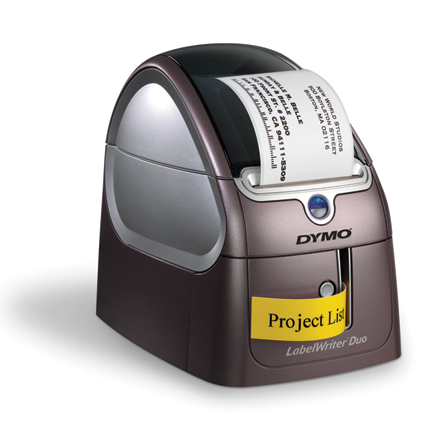 |
Face On Body
FaceOnBody (www.faceonbody.com)
is Windows-only software that lets you put any face on any body. The Image Library
is a web browsing and download tool that lets you choose the funniest bodies
and scenes to produce parody images. Tools include face re-sizing, rotation,
and mirroring, allowing for perfect positioning. Paint tools allow you to touchup
by painting more of the face or more of the scene. Background Painter allows
painting from behind the heads in the original scene. The program's AutoFlesh
technology automatically alters the colors, hues, shading, and brightness of
the face you've chosen to match the picture as closely as possible. You
can then manually adjust and fine-tune the settings to create a seamless FaceOnBody
image. When your masterpiece is complete, you can save it to your hard drive
or use the built-in Spreader to e-mail several friends simultaneously. FaceOnBody
costs $24.95, but you can download a free trial version and give it a try.
Project Open Source, Part I
It's no secret that photographers like to tinker. My friend Mano Orel
doesn't use any piece of photo equipment until it has been "manofied"
for his use. This month I begin a project involving source imaging (see "Open-Source
Software") and will build a computer from scratch and install the Linux
operating system using only free digital imaging software. Step one is finding
the right tools. My choice: the $49.99 36-Piece Professional Computer Tool Kit
from Belkin (www.belkin.com).
All the tools are demagnetized to protect your hard drive or magnetic media
from damage. In addition to the screwdrivers, Allen wrenches, and tweezers you
might expect, this kit includes important gear for working on computers, such
as an Anti-Static Wrist Band, Integrated Circuit Extractor, and a Three-Pronged
Parts Retriever.
ATX Computer Case |
 |
You can spend a lot of money on a computer case but I bought an ATX (www.formfactors.org) case for under $100. An ATX case is a middle-of-the-road case and I wanted a Plexiglas window so I can stick lights inside it. This has nothing to do with computing, but Project Open Source will have style. The case was purchased on eBay.com ($50) and has a 450w power supply, which should be enough for the modest amount of hardware I intend to install. I also wanted to protect the computer against power surges and added a Belkin 10-Outlet SurgeMaster Gold ($59.99) to my stack of parts. SurgeMaster Gold provides room for large, AC block-style plugs, without covering an unused outlet, and has lifetime unlimited connected equipment and data recovery warranties to ensure protection for your equipment and the information stored on it. Next month, it's time for a motherboard a.k.a. "mobo" and a CPU.
Belkin SurgeMaster Gold |
 |
Open-Source Software
Open-source software is similar to "free" software but, according
to some geekologists, is less rigid. Users of open source are generally able
to view the source code, alter, and re-distribute the software. Typically, the
producers of proprietary software have not made source code available. There
is, however, less of an emphasis in the open-source movement on the right of
information and source code to be free and, in some cases, companies develop
proprietary products based on open source. Open-source licenses include the
GNU General Public License (www.gnu.org).
Other popular open-source software includes: Apache, PHP, Mozilla, and Linux.
- Log in or register to post comments
